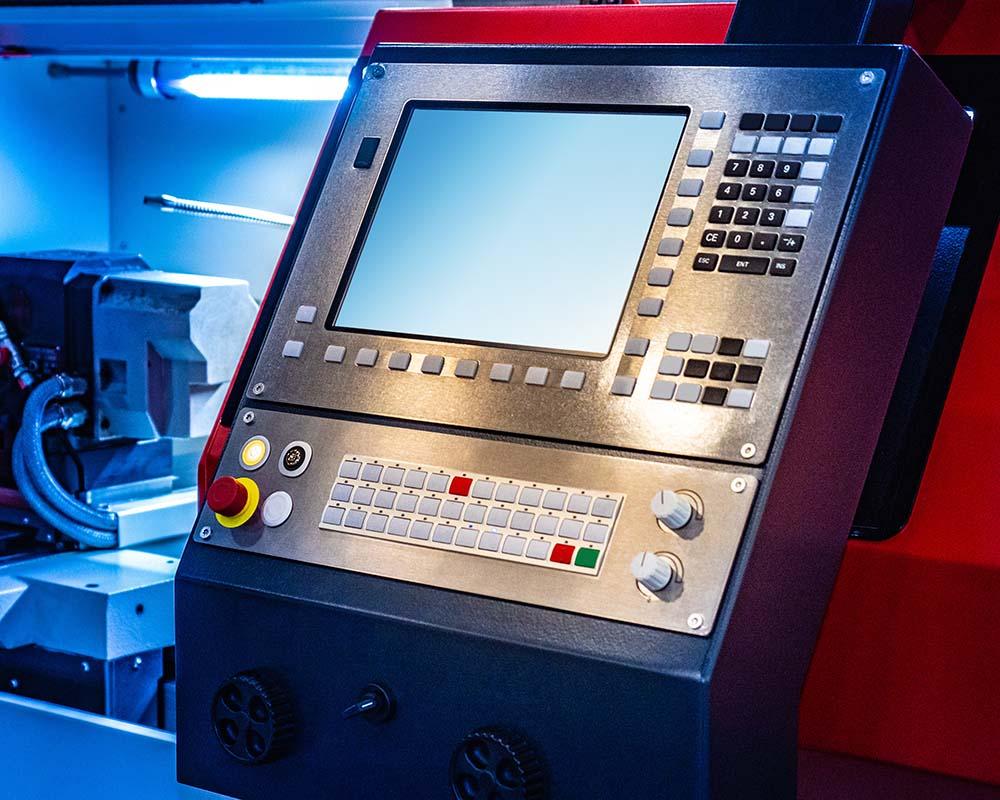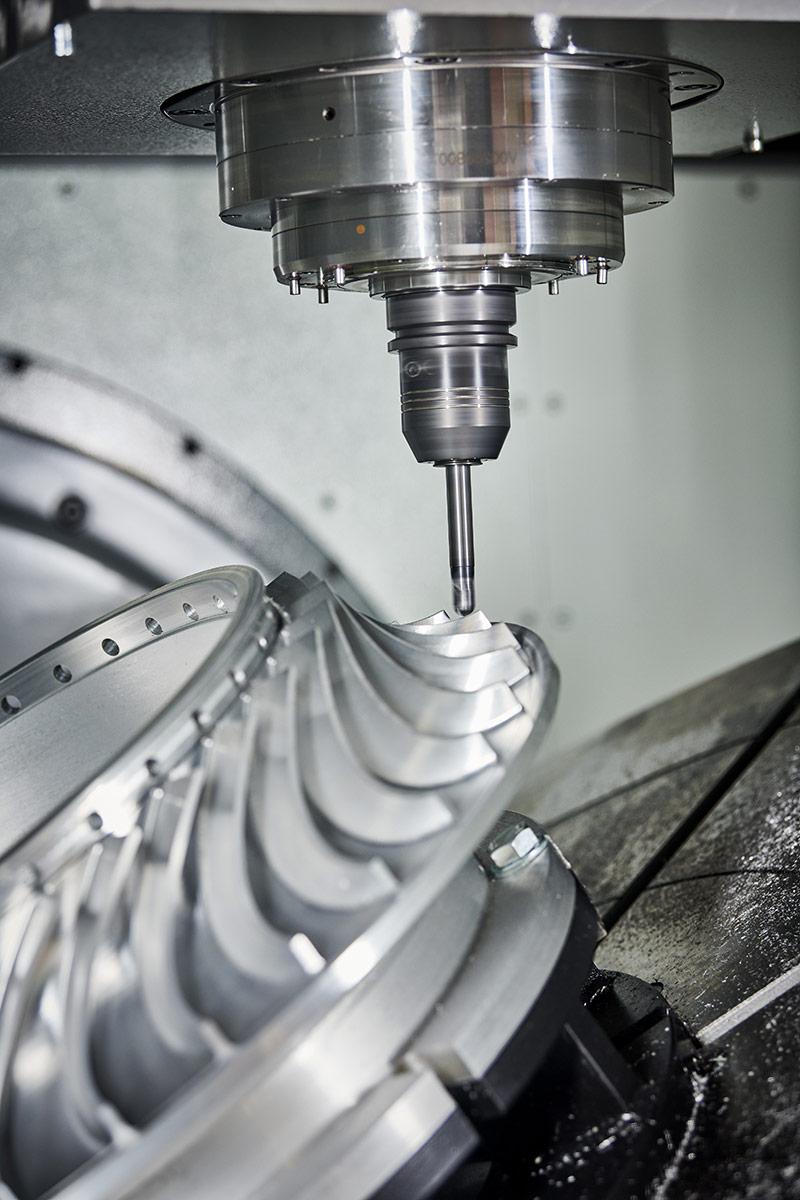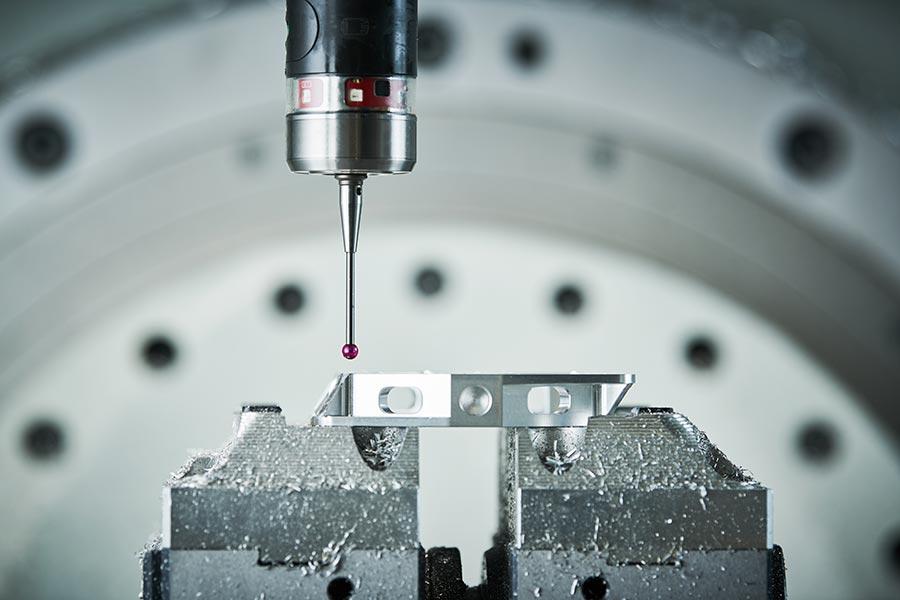Exploring CNC Software: Overview and Best Practices
With a wide range of CNC software options available in the market, understanding their features and benefits is essential for maximizing productivity and output quality.
In this blog post, we will provide an overview of various CNC software options and share best practices for utilizing them effectively. Whether you’re a beginner or an experienced user, these tips will help you streamline operations and achieve optimal results.
CAD/CAM Software:
CAD/CAM software is a powerful tool that combines computer-aided design (CAD) and computer-aided manufacturing (CAM) functionalities.
Choose The Right Software: Research different CAD/CAM software packages available and select one that aligns with your specific needs and budget. Consider factors such as ease of use, compatibility with your CNC machines, and availability of post-processors for generating machine code.
Enhanced Precision and Quality: Master the design features: Invest time in learning the design features of the software to create accurate and optimized part models. Take advantage of features like parametric modeling, assembly design, and surface modeling to streamline the design process.
Optimize toolpaths: Leverage the CAM capabilities of the software to generate efficient toolpaths. Explore options for high-speed machining, adaptive clearing, and optimization algorithms to reduce cycle times, minimize tool wear, and improve surface finish.
Simulation Software:
Simulation software allows you to visualize CNC operations before production to help identify potential collision, toolpath errors, and limitations.
Validate toolpaths: Before running a program on the CNC machine, use simulation software. This will visualize the toolpaths and check for any errors or collisions. This helps eliminate costly mistakes and ensures safe and efficient machining.
Explore machine simulation: Some simulation software includes machine-specific models that provide a virtual representation of your CNC machine. Utilize this feature to verify the machine’s capabilities, check for interferences, and optimize setup parameters.
CNC Control Software:
CNC control software serves as the interface between the operator and the CNC machine. It allows you to program, edit, and execute operations.
Understand machine-specific software: Familiarize yourself with the control software specific to your CNC machine. Learn the programming syntax, functions, and commands to effectively communicate with the machine.
Verify program accuracy: Before running a program on the CNC machine, thoroughly review and verify the code for accuracy. Use built-in editing features to make any necessary adjustments or corrections.
Optimize cutting parameters: CNC control software often allows you to adjust cutting parameters, such as feed rates, spindle speeds, and tool offsets. Experiment with different settings to optimize machining performance and achieve the desired part quality.
Post-Processing Software:
Post-processing software converts CAM-generated toolpaths into machine-specific code (G-code) that the CNC machine understands.
Evaluate compatibility: Ensure that your CAD/CAM software is compatible with the post-processor software for seamless generation of machine code. Verify that the post-processor supports your CNC machine’s controller type and configuration.
Customize post-processor settings: Post-processing software often allows customization of the generated code. Tailor the post-processor settings to match your CNC machine’s specific requirements and optimize the generated code for efficient and error-free machining.
Regularly Update Your Software
CNC software is a powerful tool that significantly impacts CNC machining operations. Therefore, by understanding the features and benefits of various software options and implementing best practices, you can streamline operations. You can expect therefore to have improved output quality, and maximize productivity.
Choose the right CAD/CAM software that suits your needs. Master its design and CAM features, and optimize toolpaths to enhance machining efficiency. Utilize simulation software to validate toolpaths, identify errors, and ensure safe machining practices. Familiarize yourself with the CNC control software specific to your machine, verify program accuracy, and optimize cutting parameters. This will achieve optimal results. Lastly, customize post-processor settings to generate machine code tailored to your CNC machine’s requirements.




